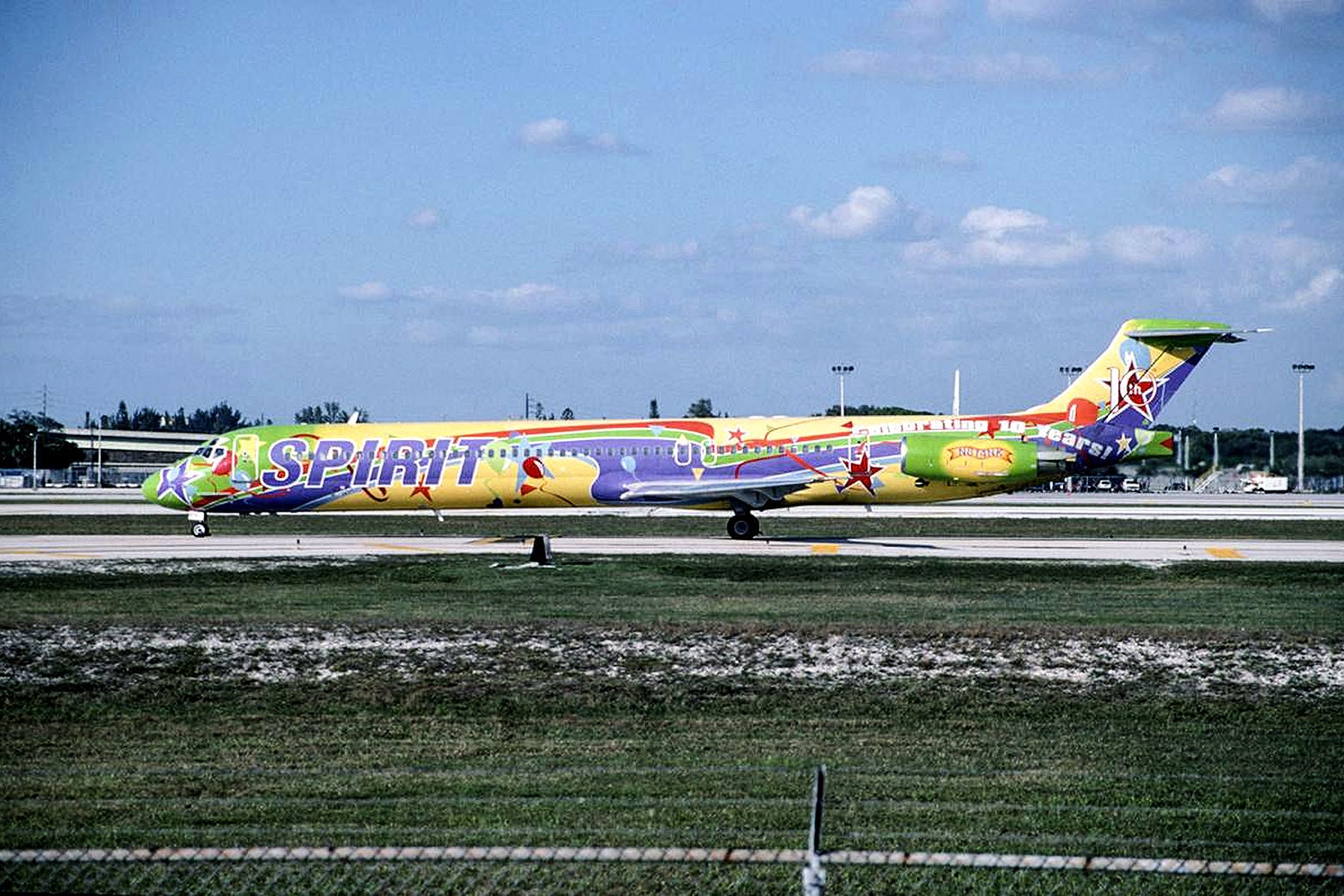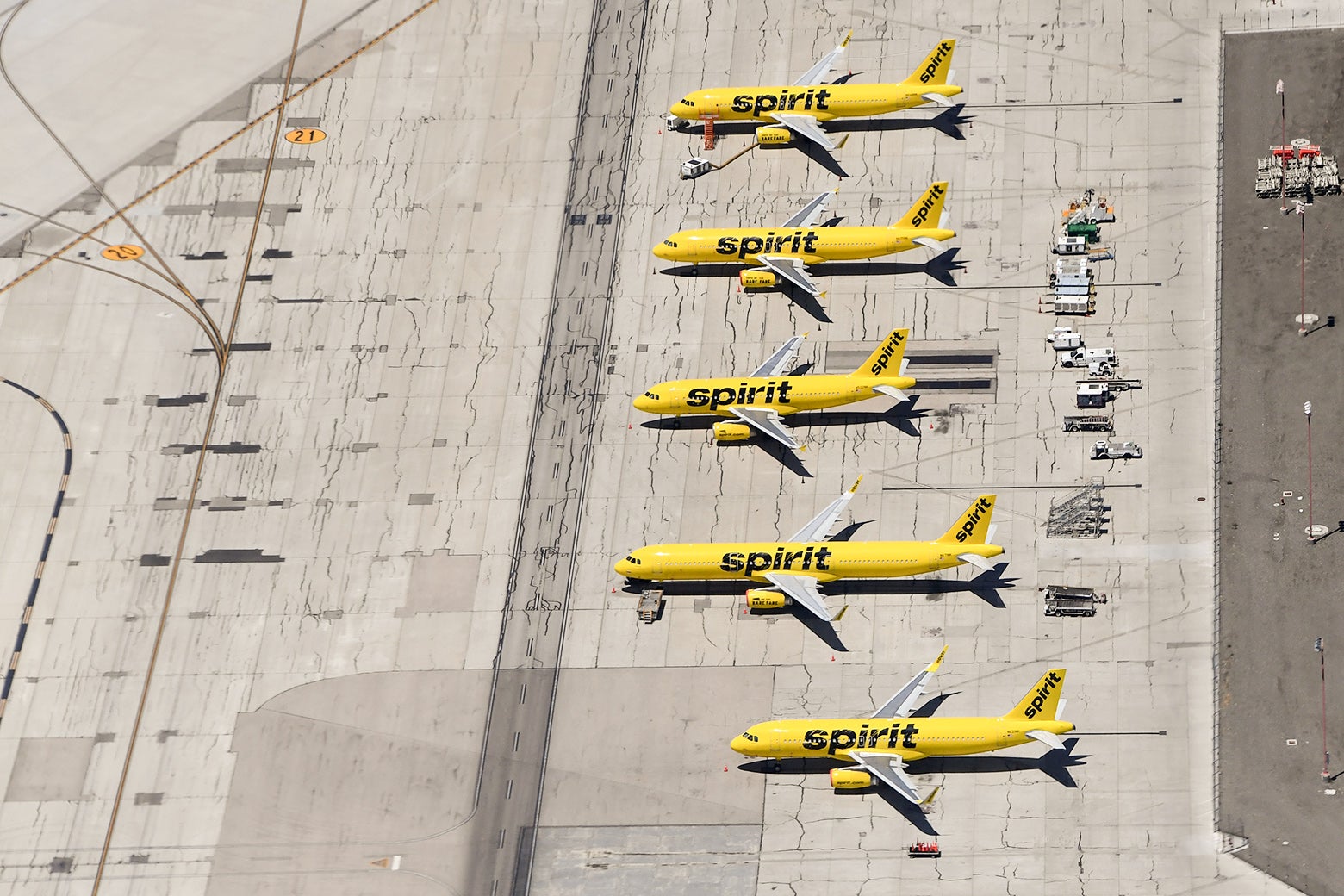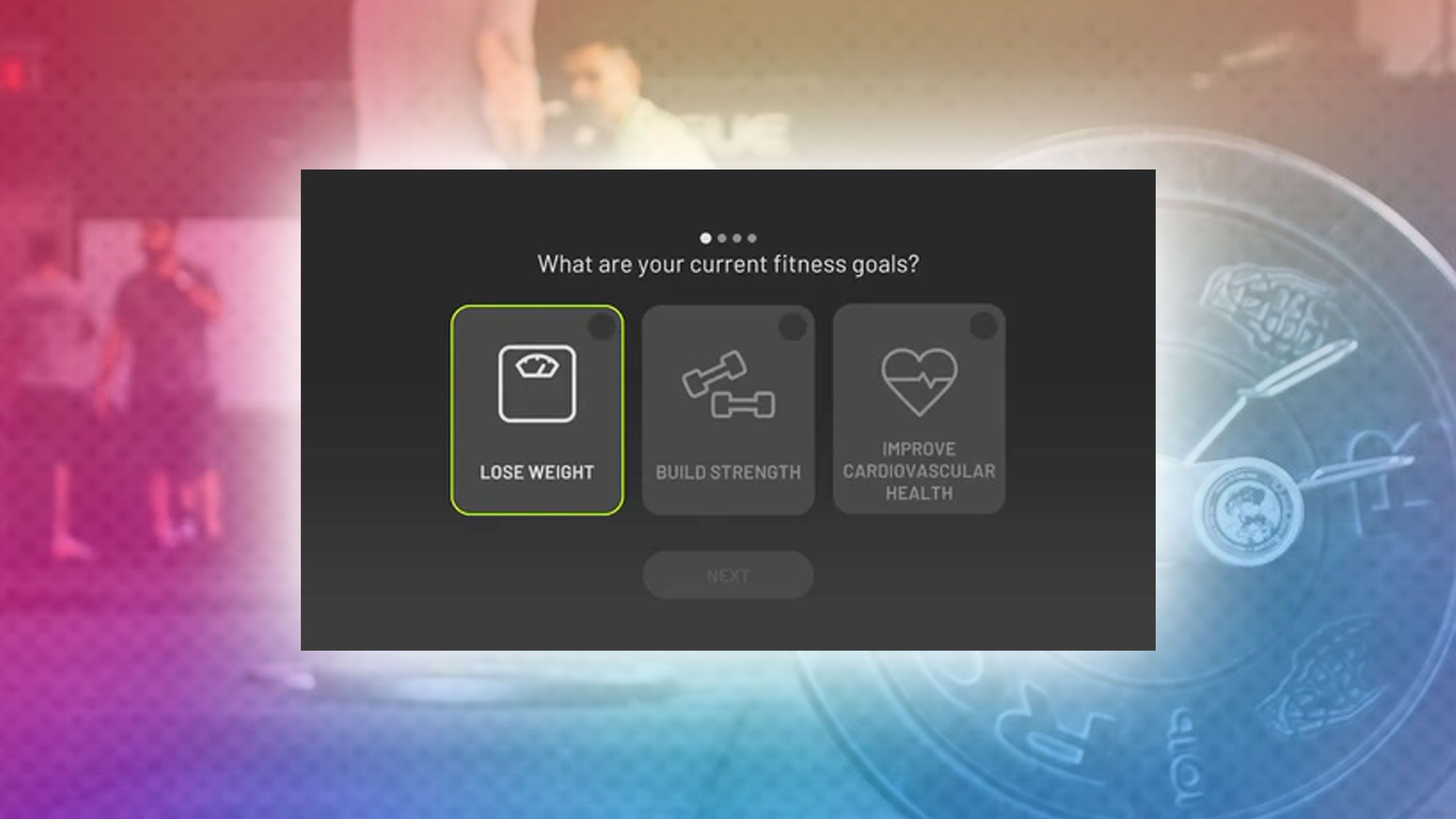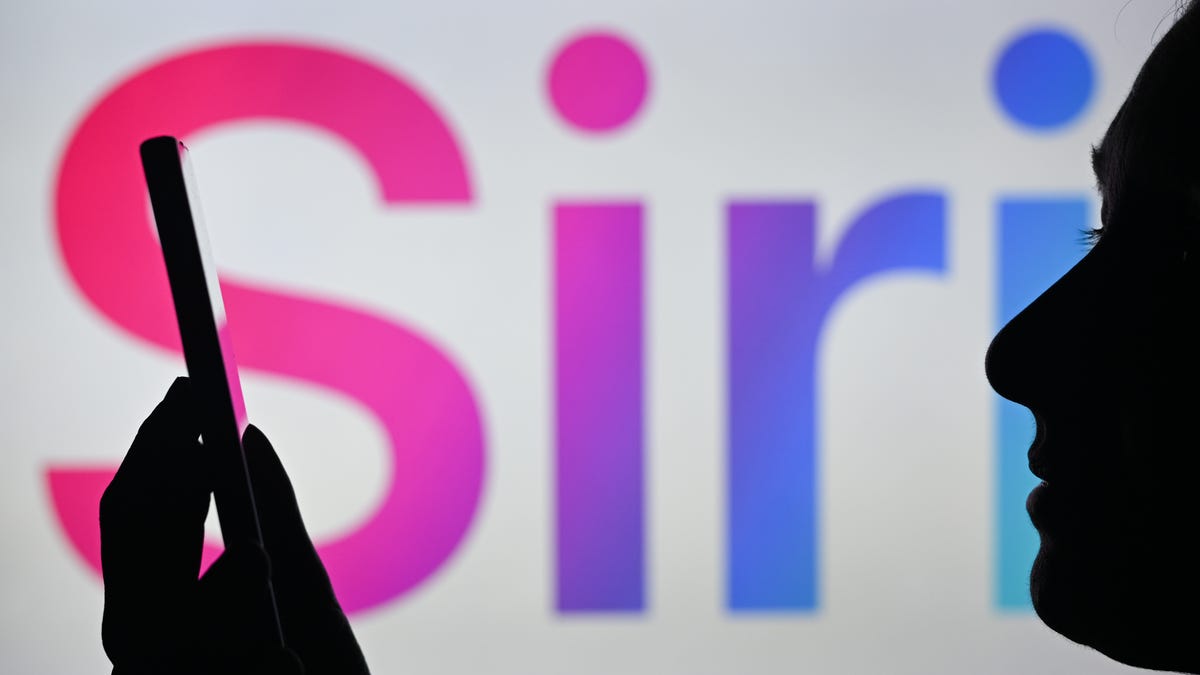Travel
It’s the Most Hated Airline in America. You’ll Miss It When It’s Gone.

Not long ago, I found myself in a position every American air traveler is taught to dread: I was about to board a Spirit Airlines flight.
Spirit Flight 492 was scheduled to take me from Fort Lauderdale, Florida, not far from the carrier’s headquarters, to Columbus, Ohio, where I was living at the time. My wife and I were flying home from a wedding in South Florida, and Spirit was the easy choice and the cheapest choice. It was also the choice that allowed me to avoid Miami International Airport, one of the few on-ground places I hate more than being in the air.
As a perpetually anxious flyer, I dreaded getting on any plane that could make my nerves even worse. Would the horror stories prove true? Would I be able to move in my seat? Would I have to take out my credit card for water? If there were a problem with the flight, would I be trapped in Florida forever?
These were not entirely out-of-pocket questions. To understand Spirit Airlines is to understand what it is to be hated—truly despised—by most people.
One recent Axios–Harris Poll survey asked Americans about the brand reputations of 100 well-known companies. Spirit ranked 98th out of 100 companies—worse than Meta and TikTok, Fox Corporation, and Silicon Valley Bank, a financial institution that failed last year. The only businesses that scored worse? Elon Musk’s X and the Trump Organization. Woof.
Spirit’s brand is synonymous with cheapness—in price but also in quality. Its planes are cramped, uncomfortable, and all too often delayed. The airline sets cheap rates but ambushes customers with pesky little fees for every single facet of the flying experience, a nickel-and-diming scheme that bends not even for that glass of water. It’s flying “unbundled”: Start with the worst experience imaginable, then pay up for whatever shreds of dignity you need to feel human.
This was actually the reason I decided to board the Spirit flight. Despite my nerves, I was excited to see what all the hate was about. My curiosity had been piqued earlier this year, after Spirit got a hearty endorsement from an unlikely source: a federal judge.
Joe Raedle/Getty Images
On Jan. 14, William Young, a Ronald Reagan–appointed federal district judge in Boston, sided with the U.S. Department of Justice and blocked JetBlue’s proposed $3.8 billion acquisition of Spirit, a deal that would have allowed two discount airlines that fell on hard times in the COVID pandemic to merge and leverage more power against the so-called Big Four: American, Delta, Southwest, and United. In his opinion, waxing poetic about the beleaguered Spirit, Young wrote that the merger was incompatible with federal antitrust laws, which are aimed at protecting the American consumer from harmful corporate combinations—especially when they raise prices. A combined JetBlue and Spirit would have created the fifth-largest airline in the country, controlling 10 percent of the domestic market.
It wasn’t to be. “Spirit is a small airline. But there are those who love it,” Young wrote, explaining why he had sided with the DOJ. “To those dedicated customers of Spirit, this one’s for you. Why? Because the Clayton Act, a 109-year-old statute requires this result—a statute that continues to deliver for the American people,” he added, referring to the longtime antitrust law. Let’s raise a glass to the cheapskate of the sky, the judge seemed to say—the everyman of the flying world, the great equalizer of the skies.
Ever since the merger failed, Spirit’s stock has tanked, and its market value has slipped from $6 billion in 2015 to comparative pennies today. Speculation of a collapse has been rampant, and news that Spirit would delay the purchase of more planes and would be cutting certain routes followed. Then, earlier this month, “people familiar with the matter” told the Wall Street Journal that the airline is indeed in negotiations ahead of a potential Chapter 11 bankruptcy filing.
So wait: If Spirit’s passengers are miserable—and if onlookers at neighboring gates are smirking stupidly, safe in the knowledge that they don’t have the misfortune of flying that dreaded airline, as I swear I experienced in Florida—what makes it so good for people? Why should those Delta flyers with shit-eating grins be grateful for pathetic little Spirit? As I boarded the plane that day, I wanted to know if Young had been onto something. As it turned out, almost every expert on air travel I spoke to agreed: If Spirit does perish, you will miss it. You just don’t know how much it’s already done for you.
Spirit was founded in 1964 as a Michigan-based trucking company. It didn’t get into air travel until 1980, when it began operating domestic flights as Charter One Airlines. In the 1990s, it rebranded as Spirit Airlines and relocated from the Detroit suburbs to sunny Miramar, Florida, between Miami and Fort Lauderdale. It wasn’t until 2007 that Spirit became what’s called an “ultra-low-cost carrier,” a business model first pioneered by the Irish airline Ryanair in the ’90s. (This is a step down from a low-cost carrier, such as Southwest Airlines or JetBlue.)
Though their models vary somewhat, ULCCs typically offer fully “unbundled” fares. What you see when you buy a ticket online is merely a base fare, and everything else comes at a price. Literally everything else: not only now-familiar extra costs like bag fees, but also any snack or sip of water on board, a fee for seats if you want a guaranteed seat next to a travel partner, and even an additional charge for printing a ticket at the airport. Such airlines’ devious definition of ancillary services kept expanding, and so did the revenue they earned from them, often catching less seasoned travelers off guard.

Don Boyd/Getty Images
Gerald Cook, an adjunct professor at Embry-Riddle Aeronautical University, is a former commercial pilot and flight operations manager who flew for Spirit from 1999 to 2010. He said that before Spirit began unbundling its fees, it was struggling and fairly directionless. “It was hard to say what the business model was,” Cook told me. When Ben Baldanza became the CEO in 2005, he transformed Spirit into a ULCC and, within a few years, made it the most profitable airline in the United States. (Baldanza left Spirit in 2016 and is now a board member at JetBlue.)
“It was successful enough that we changed to an all-Airbus fleet. We had a new fleet of airplanes,” Cook said. “The downside under Baldanza was he concentrated so much on aircraft utilization that the reliability and on-time performance was poor.” (Aircraft utilization refers to how many hours a plane flies per day.)
Baldanza was proud of the cheapo transformation, calling his airline the “dollar store of the sky.” Seeing Spirit’s success, Frontier Airlines, a regional carrier sold by Republic Airways in 2013, followed its lead and became a ULCC too.
Spirit went public in 2011 and expanded rapidly in the years after. Baldanza resigned in 2016, with a $1 million golden parachute and a lifetime of free Spirit flights, and the company has fallen consistently each year for a decade, leading to its current predicament. Cook thinks it grew too fast, taking on too much debt, which left it vulnerable to the pandemic. The company was forced to take out billions in debt during the height of the crisis, from which it has struggled to recover.
Cue the merger talks. Frontier itself attempted to buy Spirit for $2.9 billion in a stock-and-cash deal in February 2022, but shareholders rejected the merger mere months later. JetBlue swooped in for Spirit with a $3.8 billion deal, which shareholders OK’d in October 2022. That led to an antitrust battle with the suit from the Justice Department, which culminated in Judge Young’s decision quashing the merger earlier this January.
What did Young see in Spirit that the average American air traveler doesn’t? Unlike many of the legacy airlines that carve out specific areas of coverage, Spirit does something incredibly important: It truly competes with every other airline. And that brings down prices for every airline passenger—whether you deign to fly Spirit or not.
William McGee, a senior fellow for aviation and travel at the American Economic Liberties Project, was a vocal critic of the merger deal. He told me that ULCCs like Spirit are the only real competition for the big carriers—the one thing that actually reduces their prices.
In his opinion, Young hailed the so-called Spirit effect: “Spirit has found that, typically, once Spirit enters a route, passenger demand increases and the average fare on that route decreases.”
McGee told me that there are “two Americas”: cities with Spirit, and cities without it.
Research has found that Spirit’s entry into a marketplace lowers fares in nearly every case. For example, a 2016 study documented a Houston–to–Kansas City route that was serviced only by United Airlines. Tickets on average went for $300—until 2014, when Spirit also began to service the route. Spirit offered fares closer to $90, and United was forced to bring the average fare down to $180, according to the study. This effect was seen again and again in routes across the country.
“If the JetBlue merger had gone through, I can guarantee you that the following Monday morning, fares would be much higher on American and United—because American and United have this mosquito bothering them,” McGee said. “That’s how the big guys look at them. They’ll do everything they can to squash them.”

It’s hard to directly analyze how the airlines compete because they’re often after different kinds of customers, said Kevin Williams, a professor of economics at Yale University. “To many people, JetBlue and Spirit have pretty different operations,” he said. “They have very different products. They’re presumably going after very different customers.” Still, by going full cheapo, the legacy carriers are able to compete more directly for cost-conscious flyers.
You can see the effects of Spirit’s competition when you travel with a legacy carrier. If you’ve flown Basic Economy on American, Delta, or United—that lowest option where you cannot select your seat, you board last, and even if you have loyalty membership you’re not eligible for upgrades—you can thank Spirit.
But Basic Economy is still often a higher price point than Spirit’s base fare, even with a few add-ons. In that way, Spirit offers access to a customer segment that, without those cheaper-than-cheap flights, might drive instead of fly, or might not take a trip at all.
“Spirit is basically the only choice for lower-income Americans on routes,” McGee said. “For a lot of people, it’s a question of whether or not you’re gonna see your grandparents, or the grandparents are gonna see their grandkids. If Spirit’s not there, then they’re not going.”
Even for the people who do shell out for the more expensive flight rather than Spirit, the benefit is still there. If you’re traveling on a route Spirit also services, you can bet you saved money from the mere fact that it was an option.
In Fort Lauderdale, I boarded a good-as-new Airbus A320neo wrapped in Spirit’s signature black-and-yellow design, and I must report: It was totally fine. That is the experience of the vast majority of people who fly Spirit. It is fine—excellent safety, capable air crews, planes that are clean and well maintained, if not exactly comfortable.
Indeed, on board, the jet-black seats were thinly padded and deeply uncomfortable, but otherwise the major new annoyance of the flying experience involved taking out my credit card to pay for a snack. By now, many consumers are aware that’ll happen on Spirit. But some, especially less experienced flyers, have no idea. And they certainly don’t know what’ll happen if their plans change. Then you’ll have to find out just how seriously Spirit takes its “nonrefundable” fares.
If you search Spirit online, you can see the results: The Better Business Bureau and Consumer Affairs pages for the airline are littered with reviews claiming “terrible,” “unprofessional,” and “fraudulent” practices. A common refrain: Never again. Furious customers have even turned to Yelp, typically where you go to gripe about a soggy taco or brusque waiter, to lash out at the airline, which currently sits at 1.4 stars out of 5. The accusations are myriad, but many boil down to the same complaint: They had a problem, and when they contacted customer service, Spirit told them exactly where they could shove it.
By 2013, Spirit’s reputation had gotten to the point where it inspired a classic Onion headline: “FAA Report: Spirit Airlines Is the Fucking Worst.”
To Spirit, this is a feature, not a bug. The airline declined to make any executives available for interviews for this article, but in the past, top executives at the company have been almost gleeful in enforcing its rules at any cost.
There was the time when a customer complained that a flight delay to Atlanta (fare: $78) had caused him to miss a concert and demanded damages. Baldanza mistakenly—or not—replied all to a customer service thread: “We owe him nothing as far as I’m concerned. Let him tell the world how bad we are. He’s never flown us before anyway and will be back when we save him a penny.”
Then there was the time, as recounted in the Wall Street Journal, that a 76-year-old Vietnam veteran found out he had terminal cancer and was told not to fly. Too bad, Spirit told the dying veteran: “Nonrefundable’s nonrefundable, and that’s it.” Only after a national campaign on Facebook and television coverage did Spirit budge, but even then, only kind of: The airline never issued a refund, but Baldanza paid the man back out of his own pocket, and Spirit made an undisclosed donation to a veterans group.

The current Spirit CEO, longtime executive Ted Christie, has been more magnanimous in public—he acknowledged the chaos mass cancellations caused in 2019, for example—but Spirit’s foundational unwillingness to give in to customers who feel wronged has not noticeably shifted.
The reason why—and the reason to be sympathetic, even if you have been personally screwed by Spirit—is that Spirit and its ilk believe themselves to be the only airlines genuinely trying to shake up the flying market and make it better for everyone, customers and investors alike. On this point, Christie has been far more outspoken. After the merger with JetBlue was blocked, he declared on an earnings call, “The Big Four are the beneficiaries of this new normal. American consumers are the long-term losers.” He said the American airline industry “seems ever more like a rigged game.”
Judge Young, in his opinion, seemed to agree with Spirit in, er, spirit—the ultra-low-cost carrier has been a boon for competition in an industry the Atlantic earlier this year called “dangerously consolidated.” But the decision in effect has threatened its existence. So while the pugnaciousness of Spirit can feel anti-customer, there’s also something pious in the bad blood it’s willing to endure. As the bankruptcy looms, we may soon find out what a world without Spirit—or a much different Spirit—looks like.
Plenty of customers who have been wronged over the years will probably cheer the news when it comes. At least until they have to book their flights home for Thanksgiving next year and see the prices.
In the end, my biggest mistake was that I spent too much money on Spirit.
The one-way flight for two cost me $343.64. I paid for a so-called Just For You bundle, which included a checked bag, shortcut boarding, and the ability to pick my seat. That was another $120. I paid an additional $34 to upgrade my seats to ones in an exit aisle with extra legroom. And since we had a long weekend of wedding travel that took us from Ohio to Maryland to Florida, we had a lot of bags—some checked, some carry-on. Bringing those along cost $116. Oh, and then there was $52.54 in taxes.
Once on board, I had work to do. I coughed up $15.99 for Wi-Fi—much more than most airlines charge—and $9.98 for Pringles and a can of ginger ale. My total cost: $692.15, or $346.08 per person.
There’s a right way and a wrong way to do Spirit. Fly Spirit when you have minimal bags, have minimal needs, and just need to get somewhere as cheaply as possible.
If you fly and expect all of the amenities of a legacy airline, you’ll be able to rebundle the total cost—and more. In my case, this was a comparable price to flying with a legacy carrier, and it didn’t require me to wait many, many hours or voyage to Miami, which would have added costs and stress.
So I’m rooting for Spirit. I hope a bankruptcy doesn’t mean the end of those yellow-and-black planes next to haughty Delta and United jets. I hope any restructuring maintains the bad-mannered airline poking the others in the eye.
In fact, I’m planning another trip on Spirit soon—and I’m going to do it right next time. I’m going to fly with little, ask for nothing, sit in my crappy little seat, and admire the miracle of modern commercial flight. And if I need a ginger ale, or something stronger, to settle my nerves, I’m going to appreciate that this airline of less-than-stellar repute has made flying cheaper for me for years. I can afford to throw them a buck or two for a bag of pretzels.







